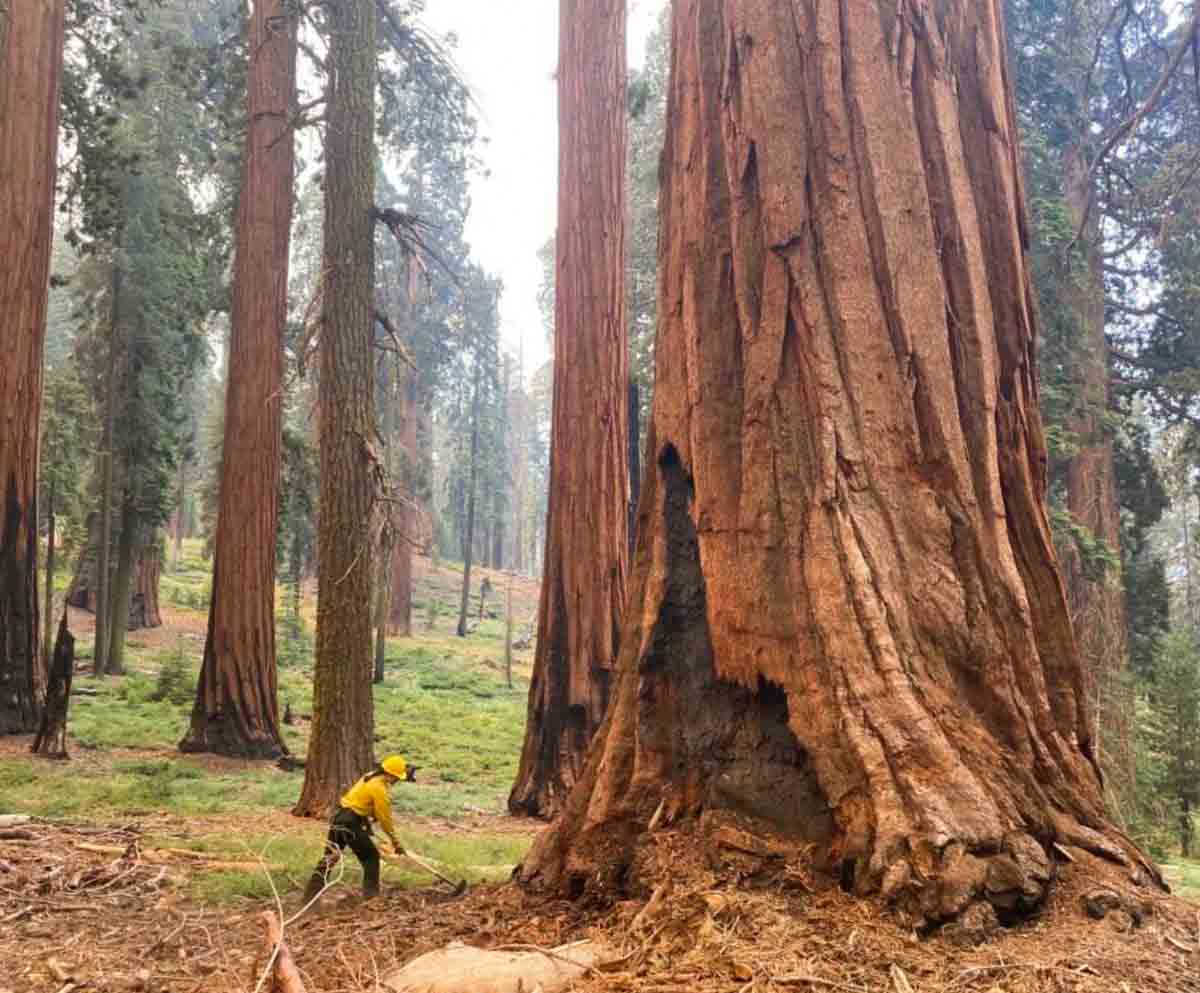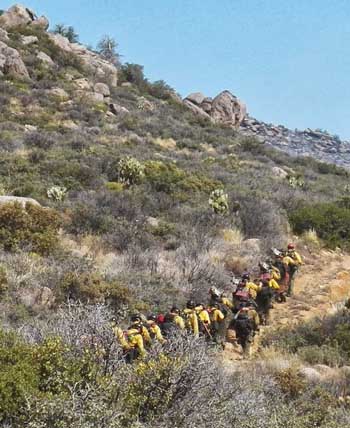
Kyle Dickman has written a must-read article for Outside magazine about how the largest trees on Earth which can live for more than 3,000 years, are being increasingly affected in recent years by fire. It was published this week at the magazine and covers how management of the giant sequoias in Yosemite National Park and other areas in the Sierras has affected the vulnerability of the huge mature specimens in the groves.
Mr. Dickman is a former member of the Tahoe Interagency Hotshot Crew and spent five seasons fighting fires. He wrote the book “On the Burning Edge: A fateful Fire and the Men Who Fought It“, which is about the Granite Mountain Hotshots and the fire where all but one of them died in 2013, the Yarnell Hill Fire.
The article frequently mentions Mr. Dickman’s brother, Garrett, who is the Forest Ecologist at Yosemite and has been heavily involved in managing and attempting to save the giant sequoias. The piece is extremely well written. You can read the entire article at Outside.
Below are a few excerpts:
“What nature’s doing isn’t natural,” [said Joe Suarez, the Arrowhead Hotshots superintendent]
Garrett [Dickman] and Christy Brigham, the director of science at Sequoia and Kings Canyon National Park, are standing in front of an outhouse that firefighters saved from the Castle Fire, sitting in the patchy shade of a 2,000-year-old dead tree that they did not. Firefighters protect life and property before all else—even holes to shit in, so long as they have walls around them. Listening to the two compare notes on their jobs makes clear that the fate of giant sequoias is almost entirely in the hands of a few middle managers, working at a few select parks, who navigate arcane environmental laws and a financing system cobbled together with public grants. If sequoia death is a product of American gridlock, sequoia survival will happen because of the tenacity of a few individuals.
The current drought is more intense than any experienced in California in 1,200 years.
“These next couple of years could be bad in ways we haven’t experienced yet,” Garrett says. The Park Service knows what’s coming. After 60 years trying to walk backward by managing their lands to be what conservationist Starker Leopold, who devised the agency’s guiding philosophy from the late 1960s until 2021, called “vignettes of primitive America,” the Park Service has changed course to officially recognize that park managers must intervene in ways considered antithetical to their mission two years earlier. The new policy asks the public to open its mind to everything from mechanical thinning to very limited logging. “We saw how it goes when you don’t do anything,” Christy says. “It goes terribly. It goes thousands of 2,000 year old trees burned up in an instant.”
“We don’t get to have nice things anymore,” Garrett says.”
“The Clean Water Act. The National Environmental Policy Act. The National Historic Preservation Act. The Threatened and Endangered Species Act. Fantastic laws all of them,” Christy says. “But they were built at a time when the main threat was people doing bad things—logging, mining. Now the main threat is inaction. Bureaucracy is slow. Wildfire is fast. And bureaucracy needs to get a hell of a lot faster if we want to persist and not lose everything we’ve got left.”

